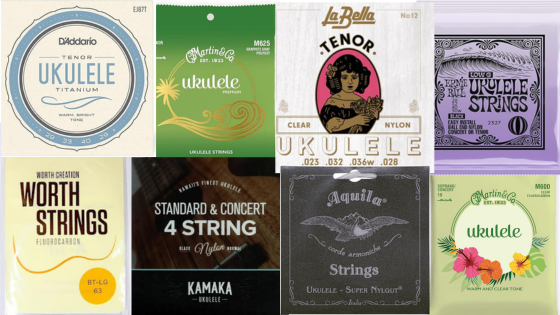I’m finding more and more ukulele players getting in touch and asking about whether it’s a good idea to try a low G on their ukulele. Questions such as ‘how will it sound?’, ‘will it be harder to play?’, or ‘can I put a low G on my concert ukulele? Let’s have a look at what a low G does and then hopefully you will be in a better position to decide if it’s a good option for you.
So, you’re strumming away on your trusty (Noah!) ukulele, and suddenly, you feel the urge to shake things up a bit. That’s where the Low G comes in. By replacing the traditional high G string with a lower octave, you unlock a whole new realm of musical possibilities.
More depth and more possibilities!
First things first, let’s talk about that sweet sound. The Low G will add depth and richness to your uke’s tone, giving it a warm and mellow vibe that’s perfect for jazz, blues, or even for strumming out your favourite songs.
Switching to a Low G opens up a whole new world of chord voicings and fingerstyle patterns. Suddenly, you find yourself exploring new melodies and harmonies that you never thought possible. If you play in a group, having a low G will add some more depth and a different flavor to the overall sound.
Will it be hard to play with a low G?
Of course, like any musical experiment, trying out the Low G might take some getting used to. But fear not, as the journey will be a lot of fun! In terms of holding down the string, you will find no noticeable difference from a high G, so there is nothing to worry about there.
Can I use a low G on my concert ukulele?
While it’s probably fair to say that it’s more common to see a low G being utilised on a tenor ukulele, there is absolutely no reason why you couldn’t give it a try on your concert uke!
So, if you’re looking for a cheap way to change up your uke sound, maybe it’s worth considering putting a low G on and seeing where it takes you 🙂
